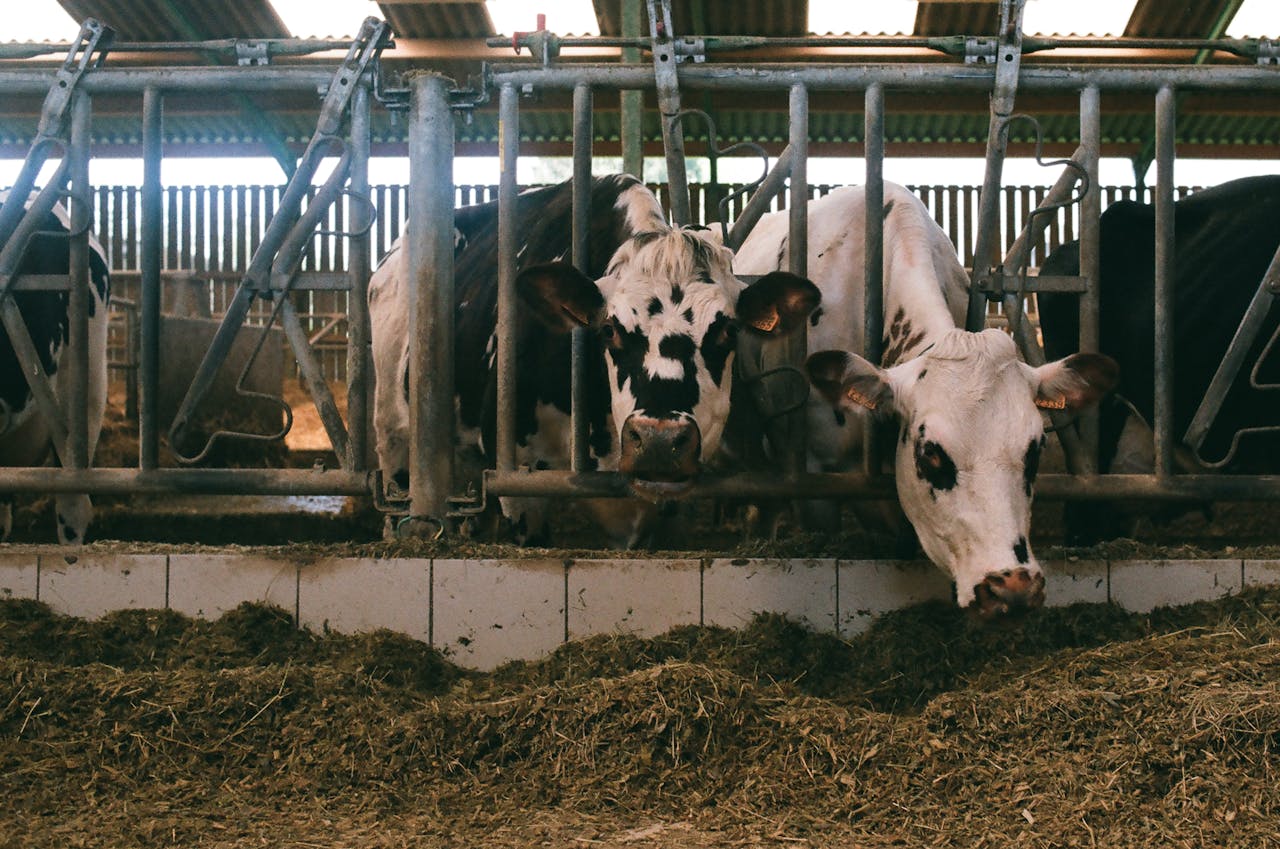In modern livestock production, precise nutrition is key to achieve optimal performance. Mineral nutrition, even if animals’ requirements are low, is no exception. Minerals are indeed essential for proper growth and are involved in many metabolic functions.
In the past, due to their unreliable bioavailability, inorganic minerals such as oxide, sulfate and carbonate were often fed in excess to be sure to cover animals’ needs. This option is no longer applicable as today’s farming must be sustainable. The challenge is thus to meet animals’ requirements without excess to avoid mineral leakage in the environment. Organic minerals can be a solution; however, how to find our way through the variety of products available on the market is the question.
Organic minerals
Organic minerals are linked to one or several molecules that contain carbon. Those molecules are called ligands. The function of those ligands is to protect the mineral from interactions in the digestive tract and to improve its absorption by allowing the mineral to use more efficient absorption pathways. Efficacy of the organic minerals will therefore rely on the type of ligands.
Quality criteria to select organic minerals
One of the first things to consider is the chelation index, which quantifies the proportion of minerals in organic form within a commercial product. This should be evaluated alongside the mineral concentration. For example, in an 18% zinc product with a chelation index of 85%, 15.3% of the zinc is in organic form. The goal is to have a high chelation index, which depends on the selected ligands, the production process, and the supplier’s expertise.
Secondly, stability in the gut must be strong. Indeed, the organic minerals will encounter different conditions such as an acid pH in the stomach between ingestion and intestinal absorption. The links between the mineral and its ligands must be strong enough to avoid dissociation prior to absorption; otherwise, the mineral would not benefit from its ligands’ absorption pathways.
The strength of the links is influenced by the chemical structure of the mineral and ligands. Naturally, each mineral has preferential affinities with certain ligands. Thus, using the same ligand for all minerals does not allow to take advantage of these preferential bonds. The most used ‘specific’ ligands – meaning the same ligand is used to bind all minerals – are glycine, methionine or MHA. On the contrary, when the ligands are ‘non-specific’, suppliers use protein hydrolysates (variable composition in amino-acids and peptides), which allows each mineral to choose its preferred amino-acids to bind with, thus ensuring a stronger chelation.
Then, bioavailability defines the quantity of ingested mineral that will be effectively valorised by animals. It is partly influenced by chelation index and stability but also by the ligands’ nature as it determines the absorption pathways that can be used. Choosing ligands known for having an effective absorption or able to take different pathways is a good strategy to optimise bioavailability.
Bioavailability studies
Bioavailability can be evaluated by conducting in vivo studies in which an inorganic mineral source is compared to an organic one at different doses. For a proper evaluation, a rigorous protocol is needed. For example, the initial mineral status of animals must be accurately known, and depletion may even be necessary. Then, performance must be monitored but also the mineral balance (retention, excretion) in different tissues. It is key to obtain a clear understanding of the mineral’s valorisation by the animals.
The table above presents the results of a study conducted in Brazil with Cobb 500 broilers, comparing an organic zinc source (a chelate of amino acids and small peptides) to inorganic zinc sulfate. Based on the different evaluated parameters (from day 1 until day 21), the average bioavailability of the organic source was 182.8%. In practical terms, it means that 100 mg of zinc sulfate could be substituted by 54.7 mg of the tested organic zinc to obtain the same performance.
Economic efficiency
Lastly, selecting the best organic minerals cannot be done without considering economic efficiency. After having compared organic minerals based on above criteria, the cost per point of mineral is an indicator allowing to compare the different commercial products and move towards a cost-effective choice.

